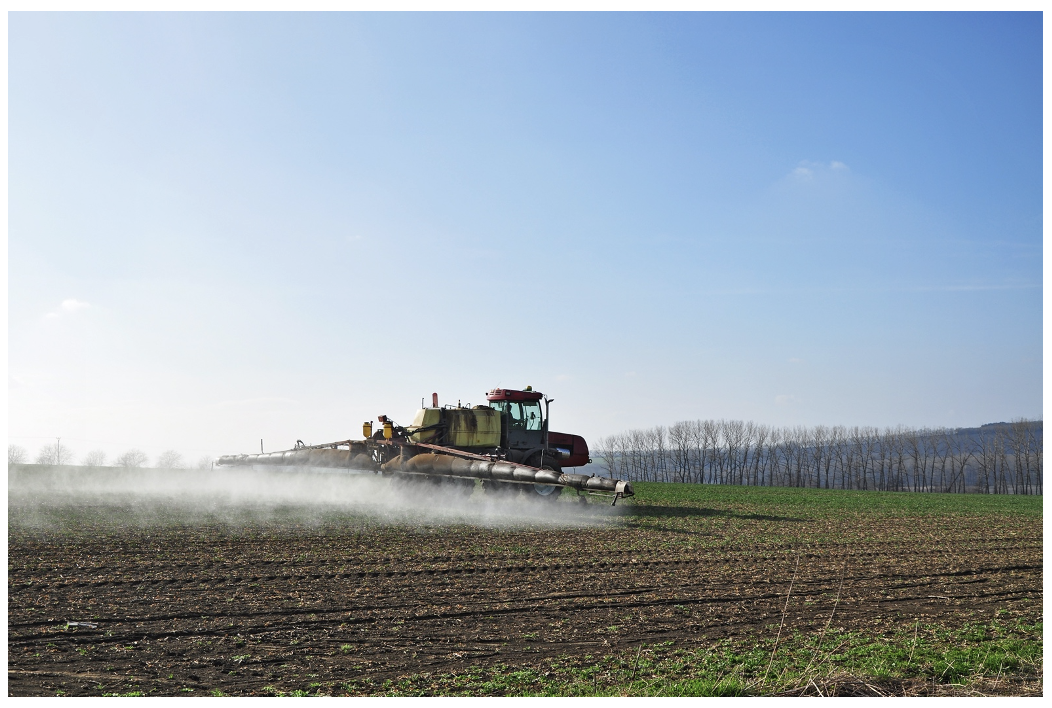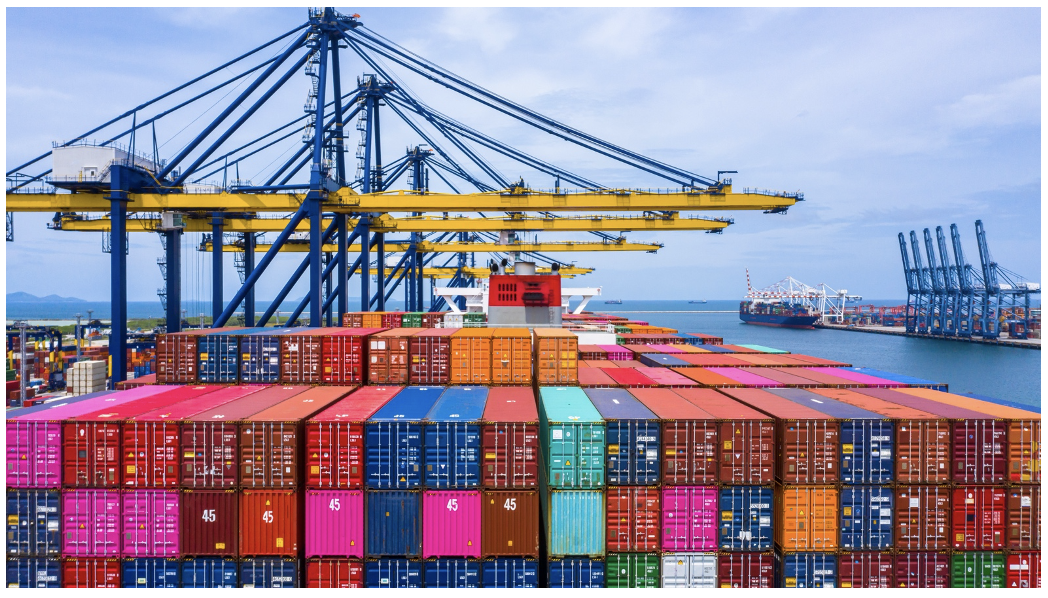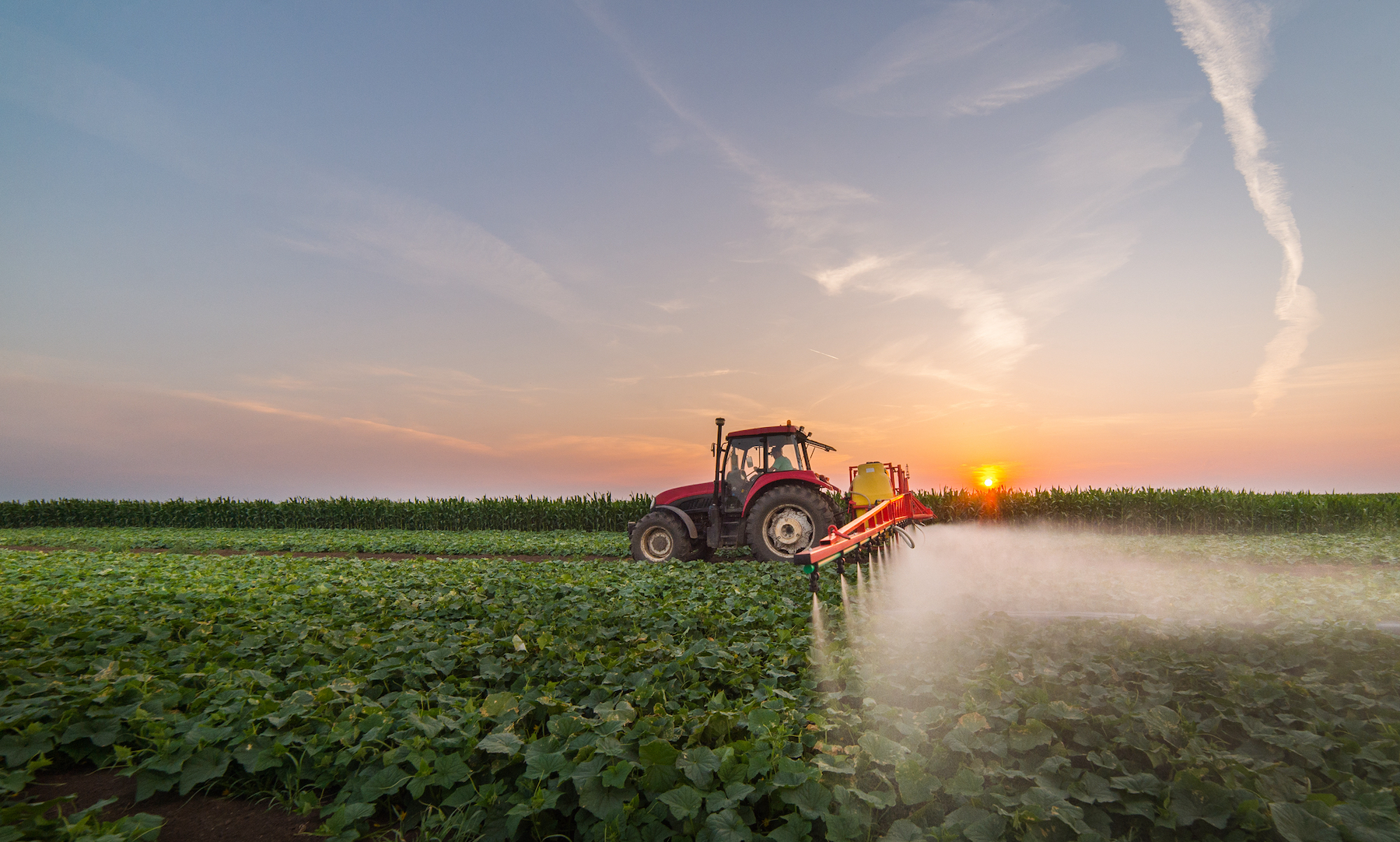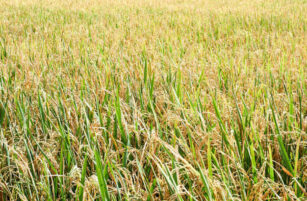- Fertiliser prices have been driven to incredibly high levels in 2021.
- Are production plants mothballed, or closed for good?
- Here, we look at how wheat and fertiliser may fare in 2022.
Stoking the Fertiliser Price Fire
Fertiliser prices have risen at an unprecedented rate to unprecedented highs.
As the world began to cope with COVID and industry started to pick up, energy demand increased, and natural gas prices climbed…and then kept on going up!
Natural gas constitutes the majority of costs for producing nitrogen-based fertiliser. Fertiliser is fundamental to feeding the world’s populations. In the UK, as in the rest of Europe and further afield, soaring natural gas prices have increased fertiliser prices for the farmer. Values have more than doubled in 2021.

Production Plants Have Closed
Fertiliser plants have closed due to natural gas supply and price issues.
Large production facilities do not generally close just because margins are squeezed. The enormous fixed costs associated with running them will encourage operations to continue even when losing substantial amounts of money.
Many European fertiliser plants are old and require mind-boggling sums of money just to keep them standing, let alone operational.
Looking ahead, with these large costs, together with the carbon footprint, as pressure mounts for a greener future, will some of the mothballed plants be earmarked for permanent closure?
Logistical Issues
Farmers who bought cheap fertiliser early have not been guaranteed an easy ride. We have seen many news stories related to shipping delays hampering many industries. Commodities have not been spared.
Deliveries to farms have been delayed and, in some cases, products have not been produced, leading to delivery of a more standard product.

The Impact on Wheat
As a farmer, you need punctual delivery of your fertiliser as application timing can be critical to yield and quality.
At the beginning of 2021, a UK farmer was looking at 34.5% N prices circa 300 GBP/mt, while currently, they’re possibly in excess of 650 GBP/mt.
London wheat futures prices for May 2022 were circa 170 GBP/mt at the beginning of 2021, while currently, they are between 225-230 GBP/mt.
The financial implication of fertilizer prices rising during the year from 300 GBP/mt to 650 GBP/mt equates to an increase of 30 GBP/mt in the cost of wheat, while wheat prices have risen 55-60 GBP/mt.
Wheat and Fertiliser in 2022
Wheat prices seemed to ease off a little over the last couple of weeks. Stocks look adequate and there are limited fears for disasters running into 2022, which should keep a relative lid on prices.
Fertiliser prices look set to cool down as 2022 progresses, even if not early in the year. ICE UK Natural Gas prices are currently trading significantly lower for May 2022 onwards compared to the nearby months (Jan’22 at £2.68/therm vs. May’22 at £1.75/therm).
Conclusions
The COVID pandemic with the ins and outs of lockdowns may well have caused unforeseen turmoil in markets but where farmers’ fertiliser prices are concerned, all is not lost.
The sale value of harvested wheat has more than offset any increase in the sky-high fertiliser prices.
The short-term months in early 2022 may well be cause for farmer concern, if only in terms of logistics and delivery. If fertiliser is available, wheat prices should be robust enough to cover the costs.
The likely drop in natural gas prices will help fertiliser production increase as demand returns.
A weakening of wheat prices may also be on the cards but is unlikely to be enough to trouble the farmer looking for fertiliser in 2022.
Fertiliser may have reached crazy prices, but the impact on wheat looks more about the here and now logistics rather than longer-term troubles.
Other Insights That May Be of Interest…













